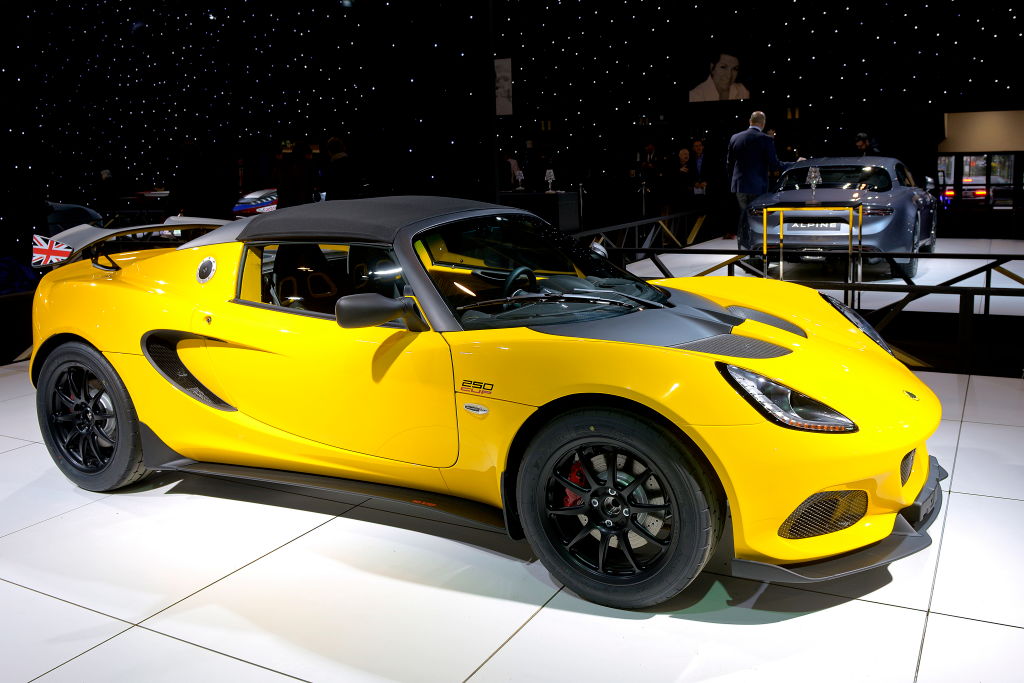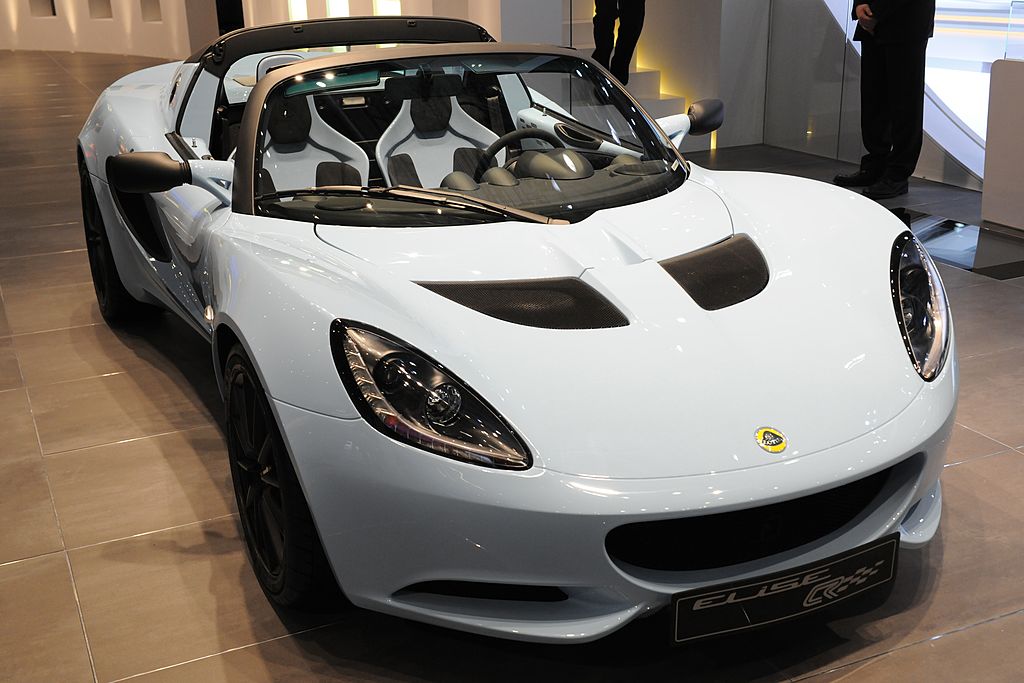
The Lotus Elise Shares an Engine With This Common Car
The Lotus Elise is one of the most underrated sports cars on the used car market. While you won’t find any new models driving around the streets here in the US, they are still some of the most unique and surprisingly affordable options for an exotic sports car. With their small stature and odd body lines, you might be surprised to know what is sitting under the hood — or rather, the trunk — of the Lotus Elise.
A mid-engine surprise in a tiny package
You might think that the 1.8L four-cylinder engine that powers the Lotus Elise is rather underwhelming, and some critics might agree. However, horsepower isn’t the only indicator of a car’s performance, and this lightweight vehicle might surprise you.
After all, Colin Chapman, the mind behind Lotus, touted that the key to performance was to “simplify, and add lightness.” Despite the loud, shouty appearance of the Elise, the lightweight Lotus shares a mill with a popular passenger car.
A 1.8-liter engine from a familiar source

While the midengine construction of the Elise makes a pretty big difference in handling and performance, the 1.8-liter engine is a Toyota engine. Still, that’s not necessarily a bad thing. The same engine is shared with several trim levels of the Toyota Celica, Toyota Corolla, and several other popular cars. Consequently, the engine is known for being incredibly reliable, which makes buying a used Elise a tempting option.
Changing it up for the Lotus Elise
While the engine itself is shared with these common cars, it isn’t exactly the same. The Elise has a higher rev limit than the same engine in the Toyota models. It does produce around 190hp, which isn’t far off from the average of 170hp to 189hp in the Celica and Corolla models. Moreover, the Elise’s midengine platform makes a significant difference in cornering competency. At the same time, the power-to-weight ratio of the car improves its performance over the Celica and Corolla.

It might be rather underwhelming to realize that such a beautiful, rare car has such a common, unimpressive engine. In a world where large displacement engines reign king, it is easy to see why the Lotus Elise would get left in the dust. However, the model’s presence and lightness lend itself to spirited driving as only a Lotus could.
Editor’s note: Gabrielle DeSantis contributed to this article.



